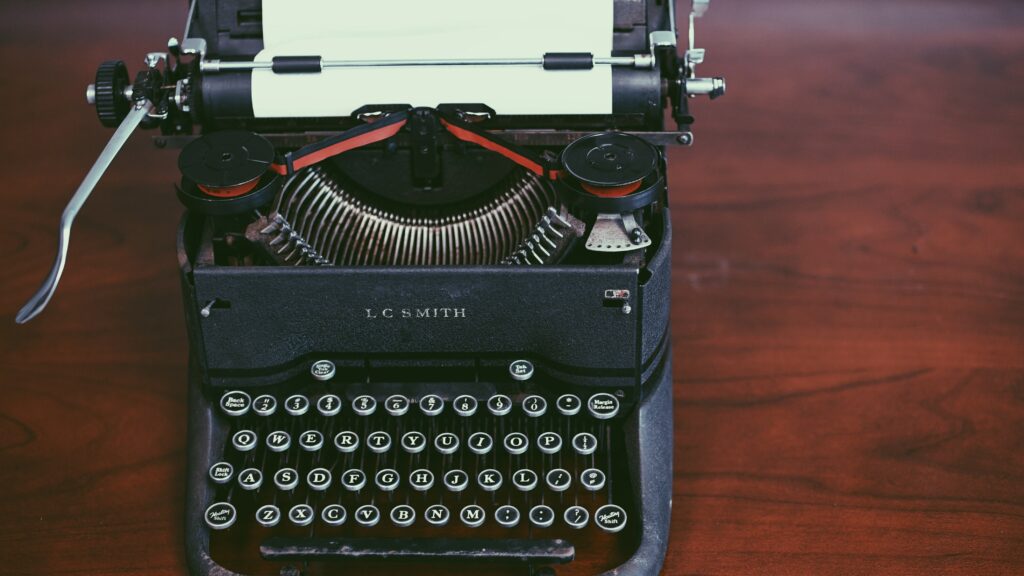For an email-less transfer of software messages, one must consider using a fax machine. You can send documents and pictures regardless of where you are. The messages are quick and easy to receive as well, so one doesn’t need to wait too long for their message to arrive. Principally, a faxing machine work as a scanning mechanism to convert paper documents, handwritten notes, and letters into images that can be sent over the phone or the internet. The scan is then converted into electrical/mechanical impulses that can be transported over telephonic cables.

About Faxing work
The first-ever faxing device was invented in 1843, by Alexander Bain. However, it took several years for the technology to be refined, and it wasn’t until 1926 that the telephone network could support the transmission of text and images using fax machines. It was made more advanced at the beginning of the 20th century by the AT&T Corporation.
Originally designed as a replacement for postal mail, faxes quickly became popular due to their time-saving capabilities. Faxing can be done either via phone or online, making it an ideal method of communication when distance is an issue or when documents need to be sent between different locations without being physically transferred.
A Guide On How Faxing Work
To fax effectively, it is important to understand the different types of fax machines and how they work. There are two main types of fax machines: electronic and mechanical.
- Electric fax uses electric signals that can be transferred over telephonic lines. The document is first scanned into a digital form and then printed on the receiving side using an inkjet printer. They are beneficial as they reduce paper usage, and environmental impact, streamline workflow and increase security.
- Mechanical fax uses moving parts instead of electricity to send images. With the help of toners and paper, they can transmit documents across telephone lines. This type of fax typically works best when large documents or photographs are required, as it can quickly and easily transfer these large files between devices.
The main components of a fax machine include an engine, encoder/decoders, and transmission equipment. The engine first scans the document into digital form using optical scanning technology, transmits these signals to the recipient, then prints it out in black and white on dot-matrix pages using inkjet or flexo printing techniques.
A Guide On What And How You Can Fax
After ensuring that the fax machine is in working order, one will need the appropriate software on your computer or phone and connect the machine via USB or network cable. Softwares that offer faxing services include QuickOffice for Windows and Mac, Google Docs fax, and Skype for business faxing. Faxing can be done via a modem, email, or phone.
- To use a modem for transfer, all you need is a good internet connection and appropriate software.
- Larger files are efficiently sent using an email, as the documents are sent as attachments rather than text messages. This makes it easier to read and print.
- While sending faxes by telephone, simply call the recipient and provide the necessary information, such as the fax number. They will then be able to view and print your document without having to go through any additional steps
Once you have this ready, you will need to gather the document or image that you would like to send. Open the application that you want to use for printing and select the File tab, then the Fax option. From here, you can select which files you would like sent through fax, preview them before sending, and configure settings such as page size, quality, number of pages per sheet, etc.
If sending documents in black-and-white only is necessary, then choose ‘send via Mail’ instead of ‘Fax’.
Pros And Cons Of Using Fax Machines
While the faxing machine seems like a speedy and viable option for communication, it comes with its pros and cons regarding its technical relevance today.
Pros
- There is no need to convert files before sending them across lines.
- Messages can be sent even without an Internet connection, making it a perfect option for remote workers or areas without access to broadband services.
- They are quick and easy to use.
Cons
- There is low security as compared to other forms of digital communication, as undetected viruses can get transmitted electronically.
- They are considered to be outdated, and hence do not work well with modern mail systems.
- They can be expensive when used frequently.
Conclusion
Faxing is a great way to send documents and pictures without ever having to touch an email. As technology continues to evolve, so does the fax machine. Nowadays, you can find portable models that have high-resolution printing capabilities, and are automated with sensors that detect paper jams or errors. One must always keep in mind the pros and cons of faxing to meet their technological requirements.
FAQs
- How do you make sure that the fax gets delivered to the right person?
It is important to include the recipient’s full name, address, and fax number.
- Are there any other ways to send or receive faxes besides through a fax machine?
You can use email, text messages, online fax services, and even social media platforms like WhatsApp or Facebook Messenger for this purpose.
- Do you think faxing will become more and more obsolete in the future?
Unfortunately, yes. This is because email and other forms of electronic communication are becoming increasingly popular.
- Do you think that faxing is more effective than sending emails when it comes to communications?
Faxing may be an effective alternative for those who are unable to access the internet or have limited phone service.

